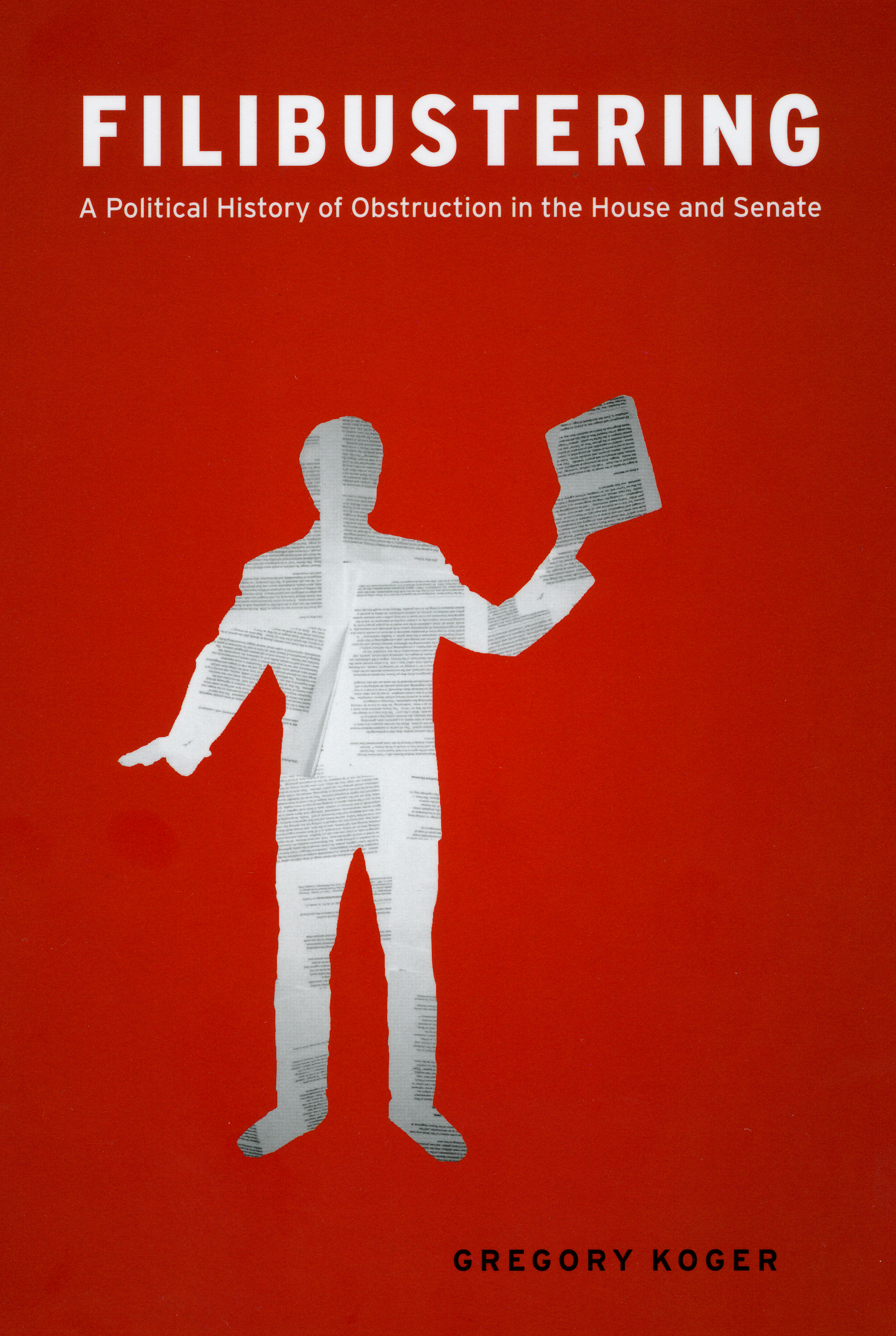The myth that gridlocks the Senate

In an article for the current edition of the New York Review of Books contributor Michael Tomasky delivers a timely critique of current legislative procedure—a topic that has been on everyone’s mind lately as November’s elections threaten to produce a gridlocked Senate, unable to swiftly pass legislation in a time when efficient government decision-making is so direly needed.
Tomasky reviews several books including Gregory Koger’s Filibustering: A Political History of Obstruction in the House and Senate to help dispel several commonly held myths about senatorial procedure which, he argues, have little historical precedent, and greatly hinder its core functions. Among these myths, the notion of the filibuster as an integral part of the legislative process ranks high. While many believe the filibuster to be an idea sanctioned by the constitution Tomasky uses Koger’s definitive historical account of the subject to show that it is not:
Of congressional rules, the Constitution says only this, in Article I, Section 5: “Each House may determine the Rules of its Proceedings.” As Gregory Koger points out in his impressively researched Filibustering:
“The ‘right’ to filibuster in the Senate is based on tenuous precedents and informal practices. At no point did senators consciously choose to remake their chamber or transform American politics. It just happened, and it happened so quietly we barely noticed.”
Nevertheless the filibuster has been frequently deployed to delay and even halt the passage of some of the country’s most important legislation—especially on contentious issues in closely split Senates—where the 60 percent majority required end debate, is unlikely to be achieved.
Read the complete article at the New York Review of Books website, or find out more about Koger’s Filibustering: A Political History of Obstruction in the House and Senate.